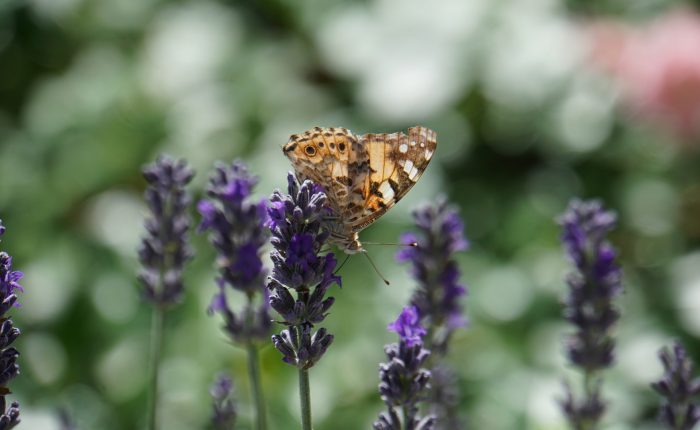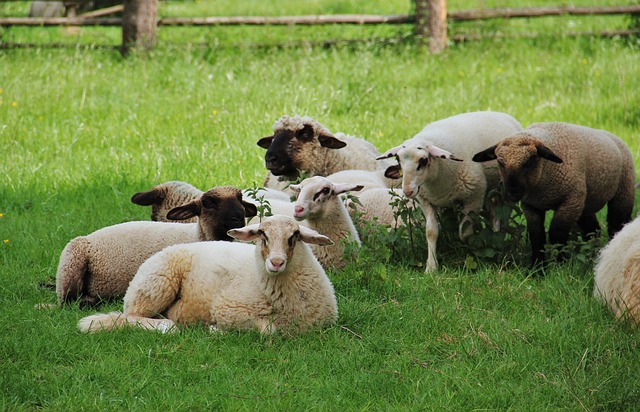The Loss of Biodiversity, its Importance and Preservation Actions

The UN’s Biodiversity chief said in 2018 that we have a few years to protect nature’s diversity or else be the first species to document our own extinction. Biodiversity – made up of ecosystems, species and genetic diversity – is in danger globally. Up to 1 million plants and animals now face extinction due to human activities. According to the latest research from a UN-backed panel called the Intergovernmental Science-Policy Platform on Biodiversity and Ecosystem Services (IPBES) the rate of extinction is tens to hundreds of times higher than the average across the past ten million years and is expected to grow. Important questions to answer are why this is happening now, how important is preserving biodiversity for humanity, and what we can do to stop this trend.
Threats to Biodiversity
Threats to biodiversity are not well known by the public. The IPBES report says that these threats result primarily from land use change, overexploitation of species, climate change, pollution, and invasive species. A few examples are illustrative. The most critical cause – land use change – is the transformation of land usually for economic reasons. This has contributed to biodiversity loss mainly through the clearing of highly diverse areas such as rainforests. The World Wildlife Fund (WWF) says that “about 80% of the world’s documented species can be found in tropical rainforests, even though they cover only about 6% of the Earth’s land surface – less than half the area they covered not so very long ago.” Land in rainforests have been cleared mostly for farming and resource extraction purposes. Overexploitation of marine life is illustrated by the fact that one-third of the world’s assessed fisheries are pushed beyond their biological limits to unsustainable levels – when vessels catch fish faster than stocks can replenish. Climate change has impacted the oceans by destroying precious coral reefs while marine plastic pollution released by humans is impacting aquatic life through reduced growth and reproductive output.

The Importance of Biodiversity
We need biodiversity for services such as providing food, clean water and air, fertile soil, medicines, raw materials, protection from storms and floods, a stable climate, and recreation. According to the Convention on Biological Diversity biodiversity supports “at least 40 percent of the world’s economy and 80 percent of the needs of the poor”.
Consider agriculture. Pollinators such as bees move pollen from a male part of a flower to a female part allowing for the growth of crops. Pollination contributes to 35% of agricultural land and crops worth between US$235 billion and US$577 billion annually. Unfortunately, pollinators are under threat around the world from causes including pesticides, habitat loss, and non-native species.
Trees play an important role by, among many reasons, improving air and water quality, fighting climate change, and reducing flooding. Deforestation is, unfortunately, a significant problem around the world with the loss of about 19 million acres of forest annually. Causes of deforestation include agriculture, mining, and timber extraction.
Biodiversity is critical to drug discovery. Consider that 25% of western pharmaceuticals have relied on rainforest ingredients but only 1% of these species have been tested in this quickly vanishing environment. With current high rates of extinction, research says that humanity is losing one important drug every two years.

How We Can Stop Biodiversity Loss
So how can we stop biodiversity loss? Here are a few valuable options. We need to adopt agricultural practices that improve efficiencies and encourage biodiversity. For instance plant breeding of crops for higher resource use efficiency can reduce the need for more land, water, fertilizer, and energy. As another option consider Integrated Pest Management (IPM) methods which rely on biodiversity to naturally control pests instead of solely relying on agrichemicals.
Another way to preserve biodiversity is by protecting highly diverse terrestrial and marine areas from human extractive activities. Protected areas reduce risks for endangered and commercial species as well as ecosystems and prevent additional species from becoming endangered, connect species migratory corridors and make it easy to adapt to climate change. Canada has committed (with significant progress already made) to protecting 17% of terrestrial and inland water areas as well as 10% of marine and coastal areas by 2020.
Biodiversity loss can also be fought at an individual level. For instance, you can take action to fight climate change by reducing meat consumption and taking transit, while on vacation avoid buying souvenirs that originate from endangered species, buy wood products which have the Forest Stewardship Council (FSC) label, and help pollinators by reducing pesticide use.
We must ensure a future for all species on earth through individual and collective action – for humanity’s sake but also the sake of nature as a whole. The question remains: Are we up to the challenge?
